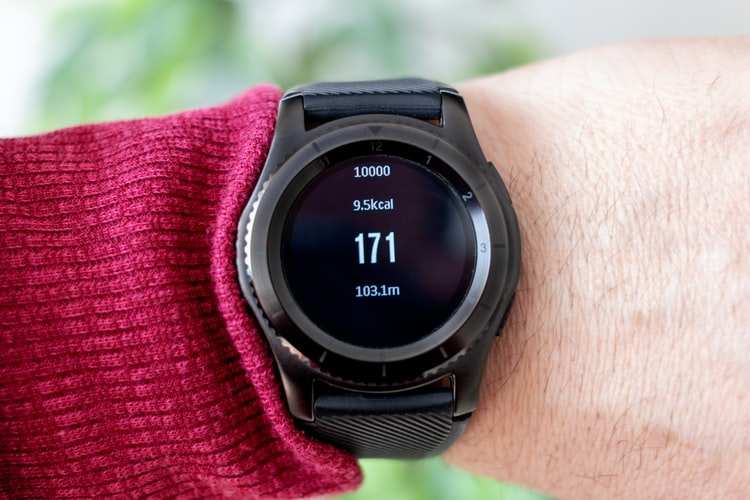
GUWAHATI: “Water water everywhere, not a drop to drink” is best suited for Guwahati where a majority of the 2.9 lakh families — according to the 2011 census — do not have access to uninterrupted tap water supply. Despite being situated on the banks of the Brahmaputra, more than 2 lakh households have to rely on wells and deep borewells or go out and buy water.
The state government had set up the Greater Guwahati Water Supply Project that would produce around 440 million liters per day (MLD) of water nearly a decade ago, but the project never took off. The project was divided into four zones — South East Guwahati (started in 2016), South West Guwahati (started in 2009), South Central Guwahati (started in 2011) and the North Guwahati (started in 2011) — and none has been completed yet.
The concerned authorities, which are executing the projects, have missed several deadlines and the Guwahati Metropolitan Development Authority (GMDA) keep citing various reasons for the delay.
“Handing over land for construction of water reservoirs, water treatment plants, permission from Indian Railways and clearance from NHAI and APWD over crossing of roads during laying pipes and construction of culverts were some of the reasons for the initial delay,” an official said.
Listing some other reasons, the official added, “Re-alignment of primary grid network, delay in submission of designs of the intake well by IIT-Guwahati, extraction and damage of already-laid water pipes in different project areas by PWD and other agencies also added to the delay.”
However, he informed that the South West Guwahati Water Supply project will be commissioned by June next year. “Around 96% of the project has been completed. Another eight to nine months will be needed to commission the project,” he added.
Meanwhile, an official of the Guwahati Jal Board, which will be responsible for water supply after the project is completed, said, “The board will start partial commissioning of the South Central Guwahati Water Supply Project by the end of this month, but it will be fully commissioned only around October 2022.”
The South Central Guwahati Water Supply Project, having a capacity of 191 MLD, is the largest one among the four.
Presently, the Guwahati Municipal Corporation, Public Health Engineering Department and the Guwahati Metropolitan Drinking Water & Sewerage Board supply over 31 MLD of water in the city from three existing water treatment plants.
City dwellers, who have been reeling under the shortage of tap water for years now, said they have given up hope. “We have been buying water for the last eight years. GMC officials, sitting in their air-conditioned rooms, do not care about us,” a septuagenarian local of Chandmari area said.
An Assam urban infrastructure investment program official also said, “Most of the treatment plants are old and damaged and are running much below their actual capacities. Various components are not functioning and as a result, both quantity and quality are compromised.”
The plant at Panbazar area was commissioned in 1963 while the one at Satpukhuri started functioning in 1930 and was renovated in 1984. The plant at Kamakhya was commissioned in 1992.
(With inputs from Mukut Das)
The state government had set up the Greater Guwahati Water Supply Project that would produce around 440 million liters per day (MLD) of water nearly a decade ago, but the project never took off. The project was divided into four zones — South East Guwahati (started in 2016), South West Guwahati (started in 2009), South Central Guwahati (started in 2011) and the North Guwahati (started in 2011) — and none has been completed yet.
The concerned authorities, which are executing the projects, have missed several deadlines and the Guwahati Metropolitan Development Authority (GMDA) keep citing various reasons for the delay.
“Handing over land for construction of water reservoirs, water treatment plants, permission from Indian Railways and clearance from NHAI and APWD over crossing of roads during laying pipes and construction of culverts were some of the reasons for the initial delay,” an official said.
Listing some other reasons, the official added, “Re-alignment of primary grid network, delay in submission of designs of the intake well by IIT-Guwahati, extraction and damage of already-laid water pipes in different project areas by PWD and other agencies also added to the delay.”
However, he informed that the South West Guwahati Water Supply project will be commissioned by June next year. “Around 96% of the project has been completed. Another eight to nine months will be needed to commission the project,” he added.
Meanwhile, an official of the Guwahati Jal Board, which will be responsible for water supply after the project is completed, said, “The board will start partial commissioning of the South Central Guwahati Water Supply Project by the end of this month, but it will be fully commissioned only around October 2022.”
The South Central Guwahati Water Supply Project, having a capacity of 191 MLD, is the largest one among the four.
Presently, the Guwahati Municipal Corporation, Public Health Engineering Department and the Guwahati Metropolitan Drinking Water & Sewerage Board supply over 31 MLD of water in the city from three existing water treatment plants.
City dwellers, who have been reeling under the shortage of tap water for years now, said they have given up hope. “We have been buying water for the last eight years. GMC officials, sitting in their air-conditioned rooms, do not care about us,” a septuagenarian local of Chandmari area said.
An Assam urban infrastructure investment program official also said, “Most of the treatment plants are old and damaged and are running much below their actual capacities. Various components are not functioning and as a result, both quantity and quality are compromised.”
The plant at Panbazar area was commissioned in 1963 while the one at Satpukhuri started functioning in 1930 and was renovated in 1984. The plant at Kamakhya was commissioned in 1992.
(With inputs from Mukut Das)
Quick Links
Delhi Air PollutionHaryana Coronavirus Helpline NumberUP Coronavirus Helpline NumberBangalore TemperatureBhopal NewsCoronavirus in DelhiCoronavirus in HyderabadHyderabad RainCoronavirus symptomsCoronavirusDelhi TemperatureAditya ThackerayShiv SenaFire in MumbaiMumbai RainsArvind KejriwalBangalore FloodsSrinagar encounter
Get the app








